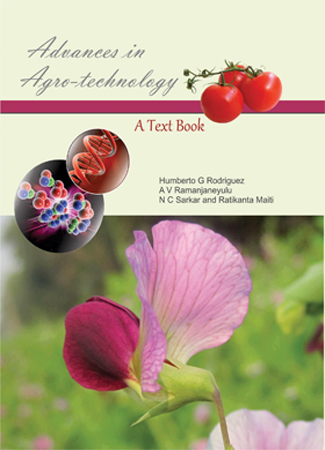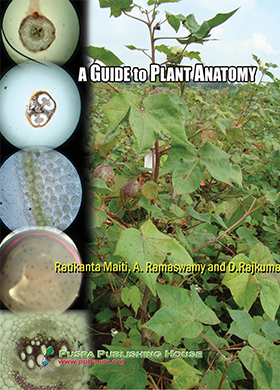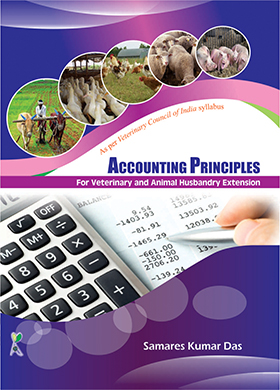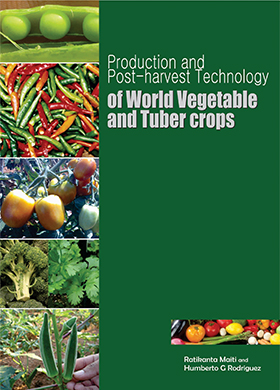Reference :1
Agrawal, N., Singh, H.P., 2002. Antibiotic resistance and inhibitory effects of Azotobacter on soil-borne plant pathogens. Indian Journal of Microbiology42, 245–246.
Ben-Yephet, Y., Shtienberg, D., 1994. Effects of solar radiation and temperature on Fusarium wilt in carnation. Phytopathology84, 1416–1421.
Biswas, B., Pal, A.K., Tarafdar, J., 2004. Effect of different fungicides and bio-products on the control of Fusarium disease of carnation var. Alcardio under field condition. Crop Research 28, 121–124.
Booth, C., 1971. The Genus Fusarium. Mc Graw and Hill Company, London. 273.
Chandel, S., 2007. Response of rhizospheric microorganisms and their methods of application for management of carnation wilt. Indian Journal of Plant Protection 35, 320–324.
Chandel, S., Katoch, R., 2001. Chemical control of Fusarium oxysrorumf.sp. dianthi-an incitant of carnation wilt. Indian Journal of Microbiology 41, 135–137.
Etebarian, H.R., 1996. Occurrence of Fusarium wilt of carnation in Varamin area. Iranian Journal of PIant Pathology32, 223–232.
Garibaldi, A., 1983. Resistenza di cultivar di garofano nei confronti di otto patotipi di Fusarium oxysporum f.sp. dianthi (Prill. et Del.) Snyd. et Hans. Revista della Ortoflorofrutticoiltura Italica 67, 261–270.
Ghante, P.H., Kanase, K.M., Gaikwad, P.A., Pawar, S.V., Magar, S.J., 2019. The efficacy of bioagent against Fusarium oxysporum f. sp. udum causing wilt disease of Pigeon pea. Journal of Pharmacognosy and Phytochemistry 8, 1966–1971.
Harman, G.E., Howell, C.R., Vitrebo, A., Chet, I., Lorito, M., 2004. Trichoderma species opportunistic, avirulent plant symbionts. National Review of Microbiology 2, 43–56.
Hilal, A.A., Elewa, I.S., Hassan, S.E., Abd-El-Malak, S.A., 2001. The effect of fertilization and irrigation on Fusarium disease development and yield components of gladiolus. Egyptian Journal of Phytopathology 29, 97–105.
Huang, H.C., Hoes, J.A., 1976. Penetration and infection of Sclerotinia sclerotium by Coiniothyrium minitans. Canadian Journal of Botany 54, 406–410.
Jacob, M., Krebs, B., 1985. Advances in carnation. Nachrichtenblatifur pflawzenseluty in der 39, 16–19.
Juber, K.S., Al-Juboory, H.H., Al-Juboory, S.B., 2014. Fusariumwilt disease of Strawberry caused by Fusarium oxysporum f. sp. fragariae in Iraq and its control. Journal of Experimental Biology and Agricultural Sciences 2, 419–427.
Kahkashan, P., Bokhari, N.A., 2012. Antagonistic activity of Trichoderma harzianum and Trichoderma viride isolated from soil of date palm field against Fusarium oxysporum. African Journal of Microbiology Research 6, 3348–3353.
Kubicek, C.P., Mach, R.L., Peterbauer, C.K., Lorito, M., 2001. Trichoderma chitinases: from genes to biocontrol. Journal of Plant Pathology 83,11–23.
Maheshwari, D.K., Dubey, R.C., Aeron, A., Kumar, B., Kumar, S., Tewari, S., Arora, N.K., 2012. Integrated approach for disease management and growth enhancement of Sesamum indicum L. utilizing Azotobacter chroococcum TRA2 and chemical fertilizer. World Journal of Microbiology Biotechnology 28, 3015–3024.
Mahmoud, A.F., Abdalla, O., 2018. Biocontrol efficacy of Trichoderma spp. against sesame wilt caused by Fusarium oxysporum f.sp. Sesame. Archives of Phytopathology and Plant Protection 51, 277–287.
Mali, G.V., Bodhankar, M.G., 2009. Antifungal and phytohormone production potential of Azotobacter chroococcum isolates from groundnut (Arachis hypogea L.) rhizosphere. Asian Journal of Experimental Science23, 293–297.
Manicom, B.Q., Bar, J.M., Kotz, J.M., Beckar, M.M., 1990. A restriction fragment length polymorphism probe relating vegetative compatibility groups and pathogenicity in Fusarium oxysporum f. sp. dianthi. Phytopathology80,336–339.
Negi, H.S., 2009. Integrated management of wilt of carnation caused by Fusarium oxysporum f. sp. dianthi (Prill. and Del.) Snyd. and Hans, M Sc. Thesis, Dr. Y S Parmar UHF, Nauni, Solan, 39–58.
Pandey, K.K., Upadhyay, J.P., 2000. Microbial population from rhizosphere and non-rhizosphere soil of pigeon pea: screening of resident antagonists and mode of mycoparasitism. Indian Journal of Mycology and Plant Pathology30, 7–12.
Rajendiran, R., Jegadeeh, K.D., Suresh, K.B.T., Nisha, T., 2010. In vitro assessment of antagonistic activity of Trichoderma viride against post harvest pathogens. Journal of Agricultural Technology 6, 31–35.
Ramesh, R., Korikanthimath, S., 2004. Fungal and bacterial antagonists for the management of damping-off of brinjal. Indian Journal of Plant Protection32, 80–84.
Saravanam, T., Muthusamy, M., Marimuthu, T., 2003. Development of integrated approach to manage the Fusarium wilt of banana. Crop Protection22, 1117–1123.
Suneja, S., Lakshminarayana, K., 1998. Inhibition of phytopathogens by certain strain of Azotobacter chroococcum under in vitro conditions. Indian Phytopathology 51, 140–145.
Utkhede, R.S., Rahe, J.E., 1983. Interactions of antagonists and pathogens in biological control of onion white rot. Phytopathology 73, 890.
Vincent, J.M., 1947. Distortion of fungal hyphae in the presence of certain inhibitors.Nature 150, 850.



.jpg)
.jpg)






